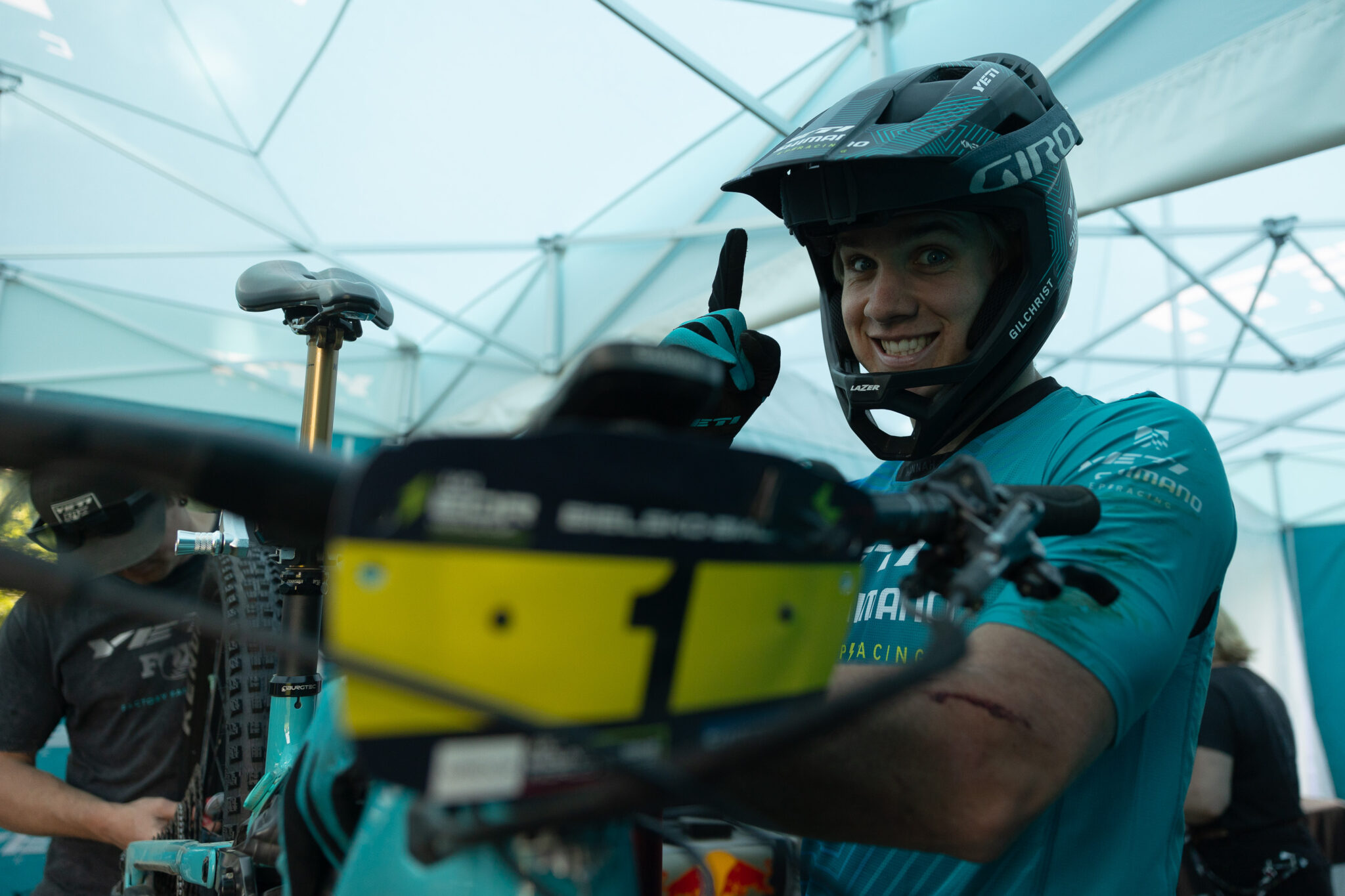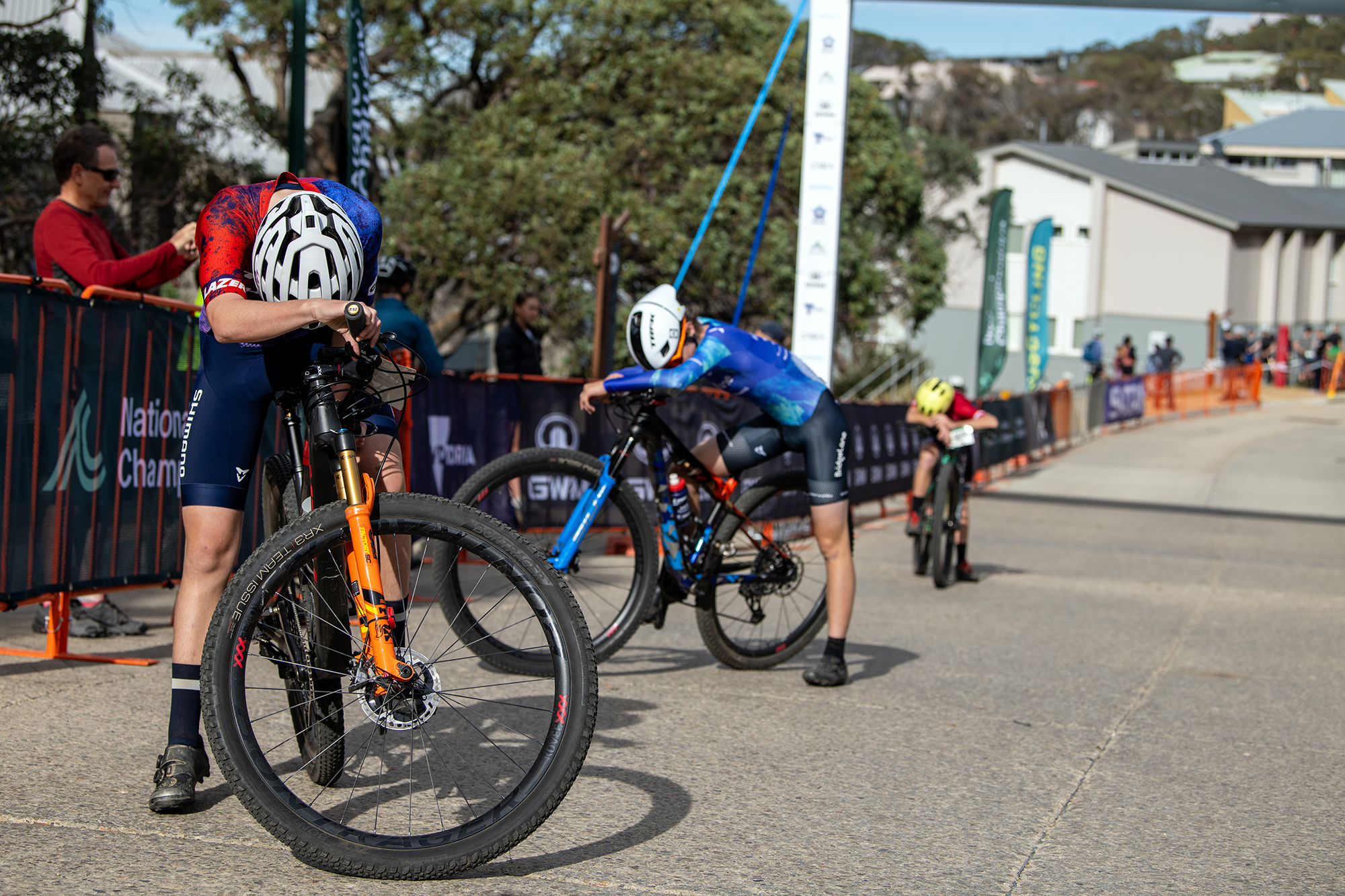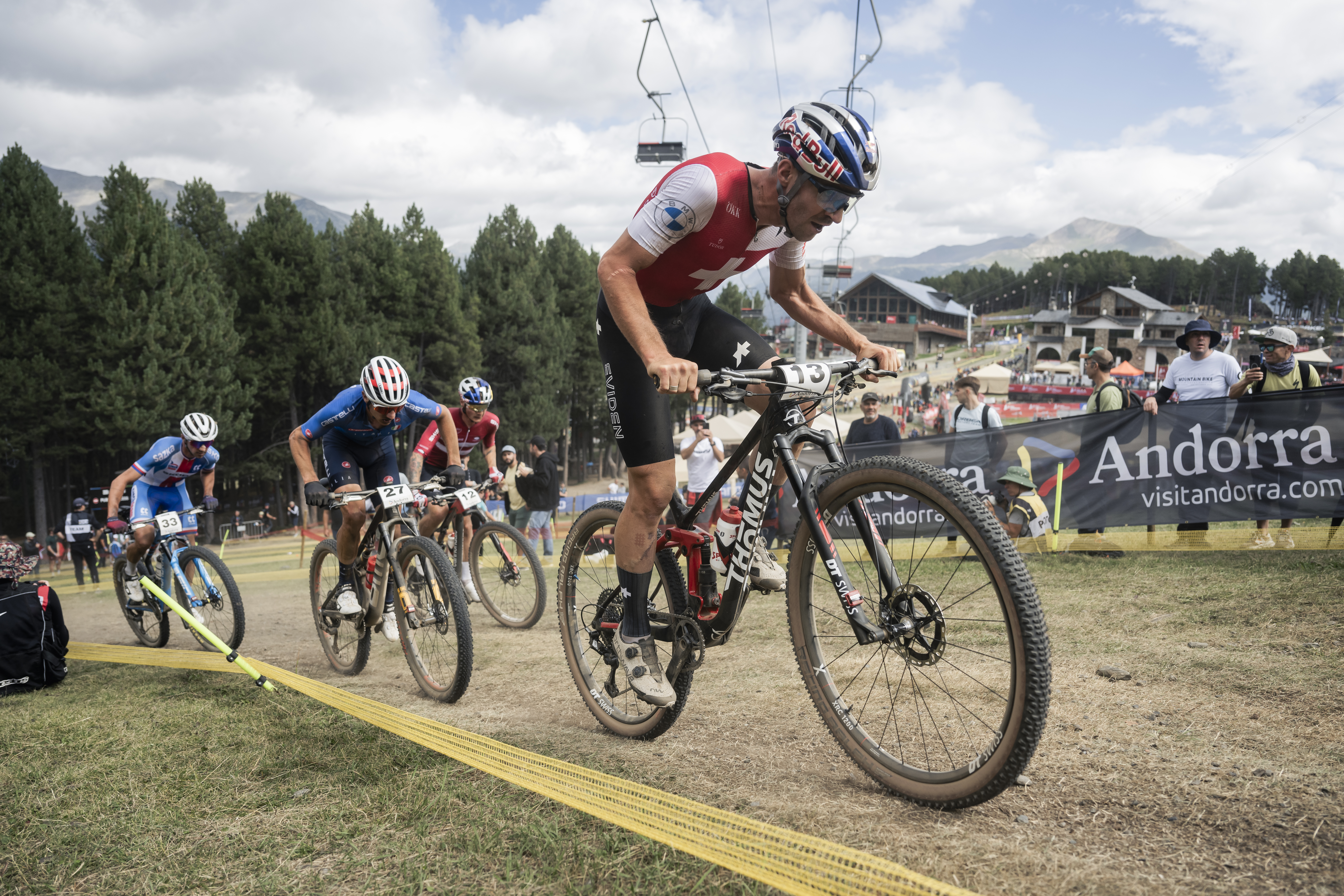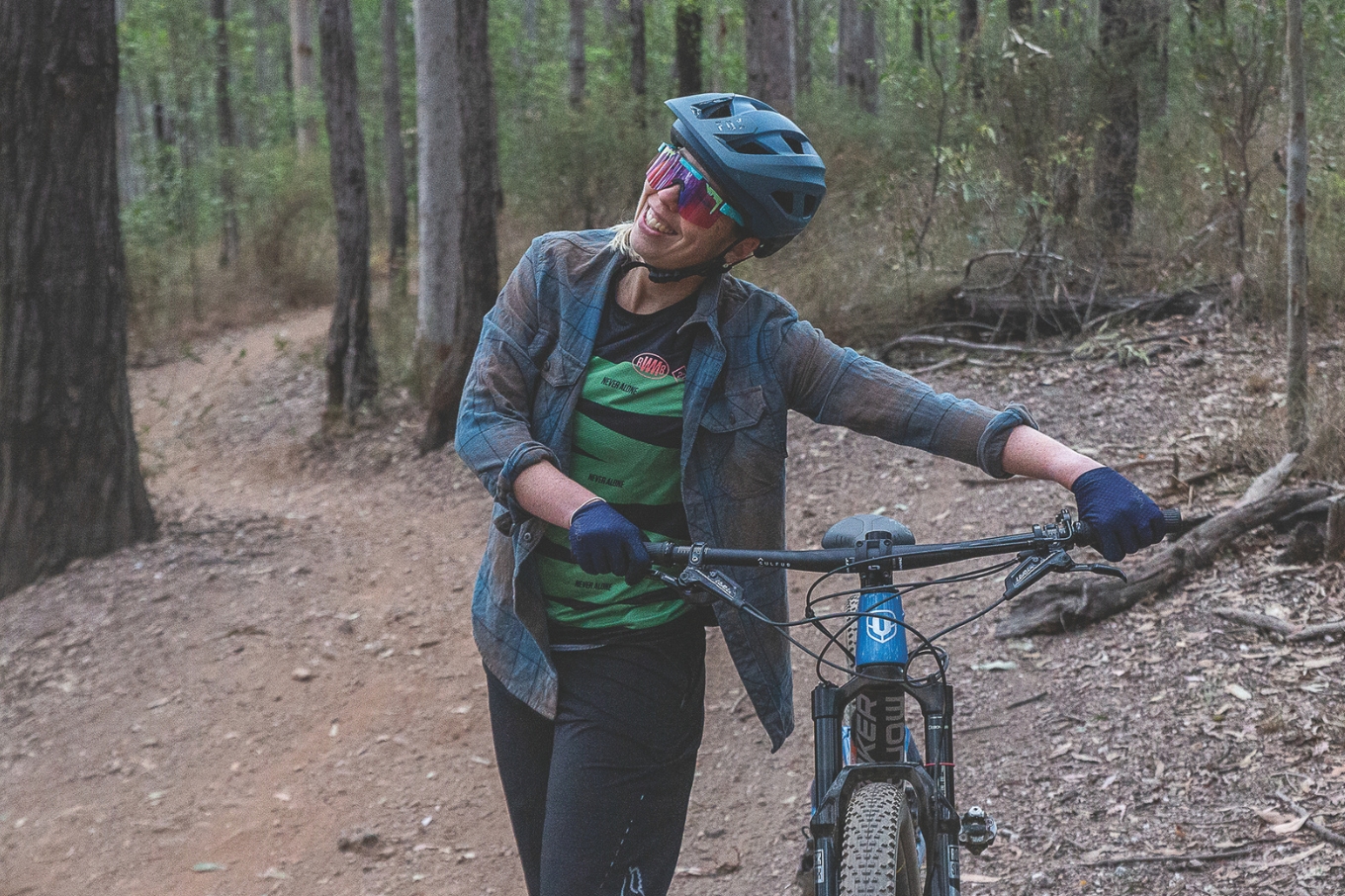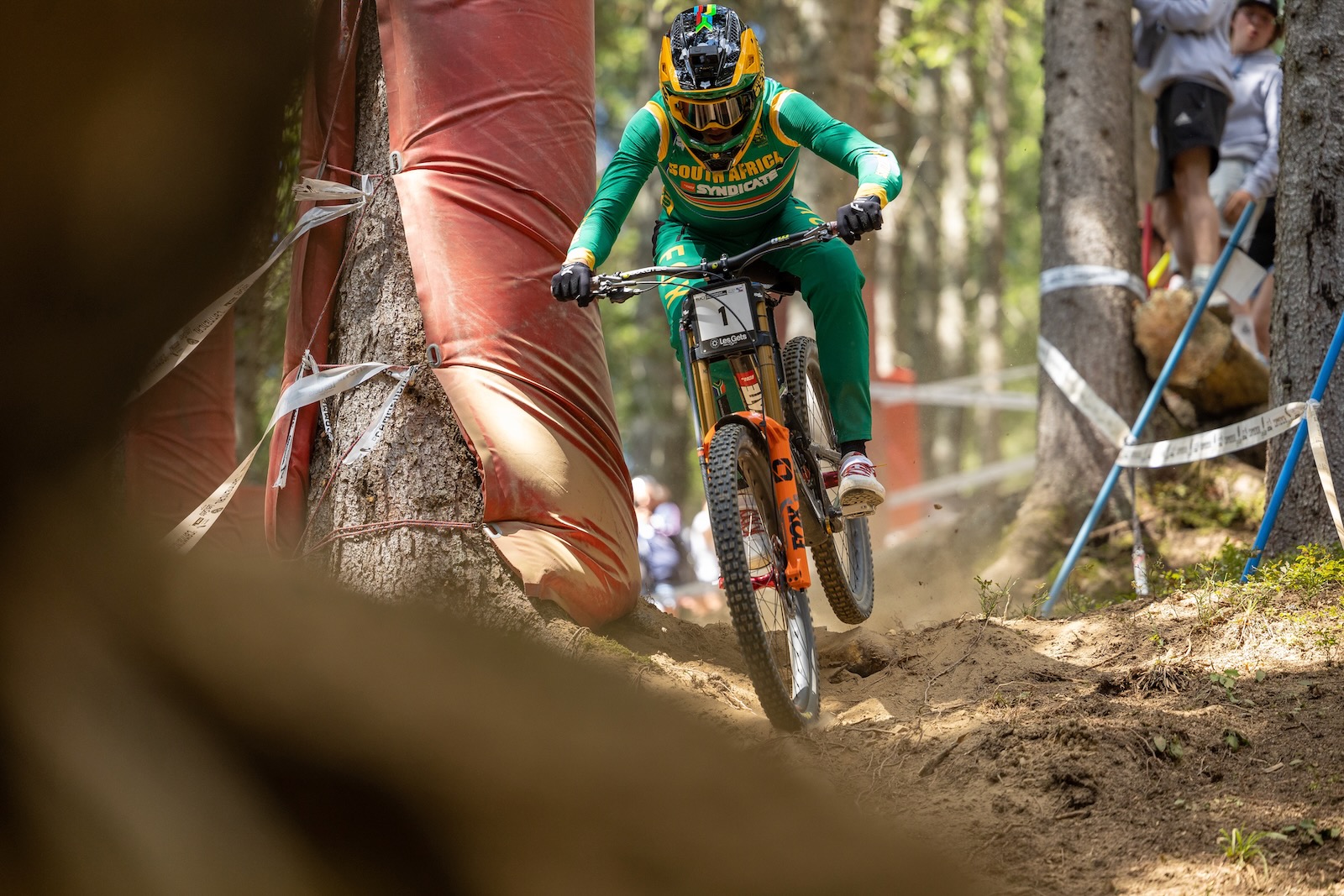There’s no doubt the winner of this year’s overall e-enduro world cup, Ryan ‘Gilly’ Gilchrist, is physiologically a beast! As if winning the world cup wasn’t enough to prove that, a recent off-season KOM hunt around his local Coffs Harbour trails reveals Gilly dropping watt bombs that would be the envy of XC riders or track sprinters: 5sec power of 1400w, 30sec power of 953w and 60sec power of 672w. Insane!
Are Gilly’s fitness, power, skills and strength a product of nature or nurture? The evidence suggests he chose his parents damn well with an old man who was one of the best white water paddlers in the world. Nurture: he started riding at age 3, racing at age 4, kicked off mountain biking as a lycra-clad cross-country kid racing his Dad around local races until he got bitten by the BMX bug as a teenager and has been relentless and indefatigable in chasing his bike racing dream since.
Winning two World Cups, taking a podium in four others and a win in the e-bike World Cup Overall, what does his training look like? We took a deep dive with Ryan to find out.
AK: Dude congratulations on a bonkers year on the bike! What was your favourite race and why?
RG: I loved Finale Ligure E-EDR World Cup this year. Finale is an iconic location and the trails this year were classic Finale. To my advantage, the trails were quite pedally and physical, so I enjoyed gritting my teeth and doing what I do best; suffer.
AK: What was your favourite result this year and why?
RG: Winning 2 championships. Not one result but a culmination of years of hard work coming together in a (pretty much) perfect season.
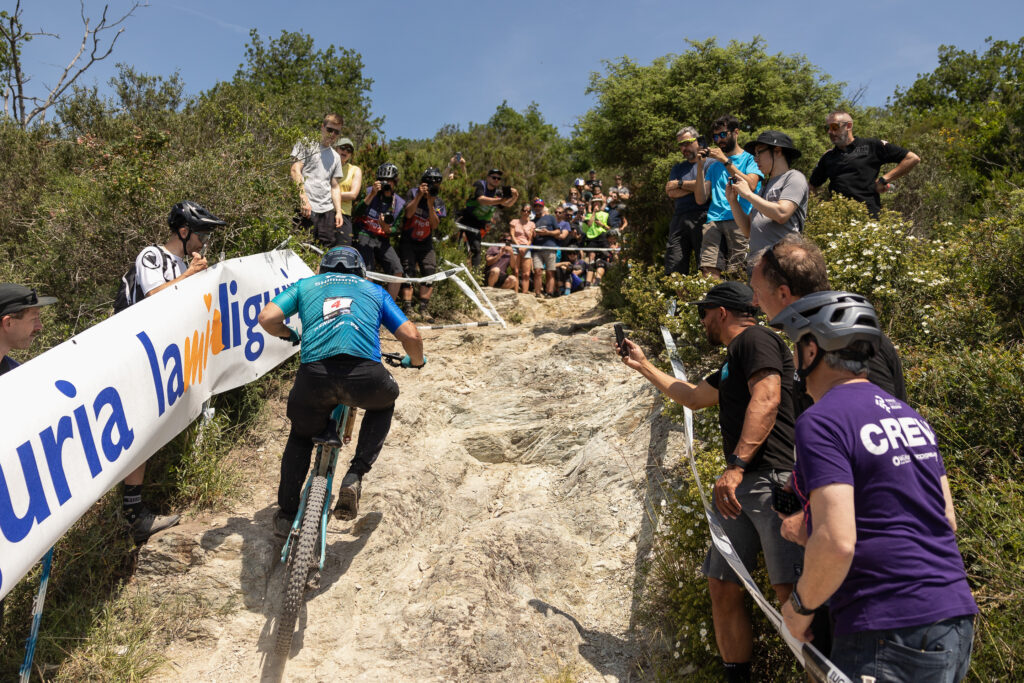
AK: Hard question – A lot goes into performance, especially over a whole World Cup season, if you were to put percentages on what contributes most to your performances over the year how would you rate the following in percentage of importance (and you only have 100% to play with over the whole lot). Feel free to add any you think of that I may have missed.
RG:
Rest/Recovery: 35%
Zone specific Training: 15%
Gym: 10%
Skills Training: 25%
Confidence: 2%
Coaching/Mentoring: 3%
Bike set up: 5%
Mindset/mental performance: 5%
AK: So the 2025 World Cup calendar has just dropped, and you would already be thinking and planning for 2025. When the yearly calendar drops can you give us some insight into how you and your coach Jared plan training for the season ahead?
RG: Always starts with building a solid aerobic base, so lots of zone 2 starting around New Year. A lot of bike time getting the skills dialled in is in order too so I’ll be heading down to Maydena to spend some time there getting up to speed. After that, it’ll be all about adding discipline specifics like building up to a solid max power and having strong anaerobic fitness.
AK: When planning the World Cup Season do you plan peaks for certain races or to be good for the whole thing?
RG: It’s very hard to be 100% all year round so it’s about building up to certain races in the year and balancing maintaining fitness and recovery between them for me. So focusing on staying topped up when the races are close together and putting in hard, well-timed blocks when there’s a gap in the calendar (which there rarely is).
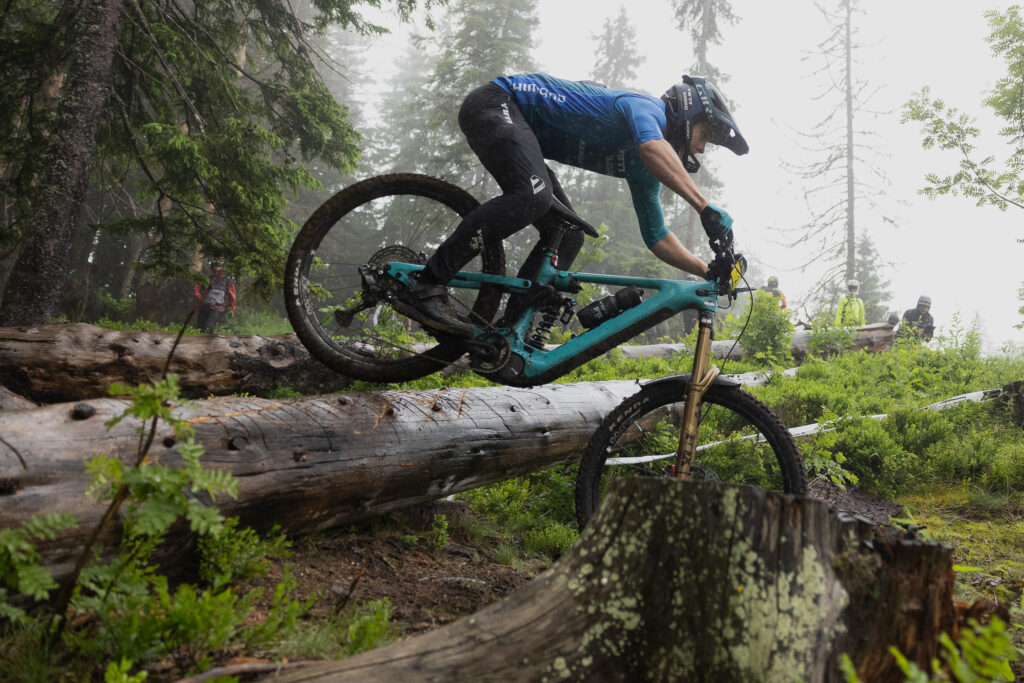
AK: You’re coached by Jared Graves, a legend of Aussie biking across so many disciplines – BMX, DH, XC & Gravity, he’s done it all! How would you describe Jarred’s coaching? And your coach-athlete relationship?
RG: Brutal but effective. Jared has me working very hard on both my physical and skill game. It is a full-time job and it’s a program that’s been tried, tested and developed by him and the Yeti team for over a decade and the results speak for themselves.
AK: Without giving too much away in terms of power/HR Can you give us an example of one session you use to train each of the following zones listed?
RG: Vo2 – 3hr road ride with a pile of long VO2 efforts
Threshold – 30/30s (30sec hard, 30sec recovery repeated a bunch of times)
Endurance – I’ve done a 6hr easy endurance zone Zwift before (Not joking!)
Anaerobic power – BMX gate starts
Recovery – Feet in the air, 10 hours sleep, midday nap, sauna, ice bath, massage, eat your body weight in white rice and beef mince, Superdust protein shake
Skills – Timed runs on a short track
AK: How important is nutrition to your training and racing and can you give us a broad oversight into what you focus on in training and then race week?
RG: Nutrition is very important. Your body needs fuel and the fuel you put in the car determines how it drives. Plenty of protein in training weeks, and plenty of carbs during training and racing. For Enduro, I’d say under-fuelling is a lot more dangerous than overfuelling. You don’t need to be a weight weenie for enduro. Yeti has the heaviest team in the World Cup and we do ok.
READ: Fuelling like a pro with Ryan Gilchrist
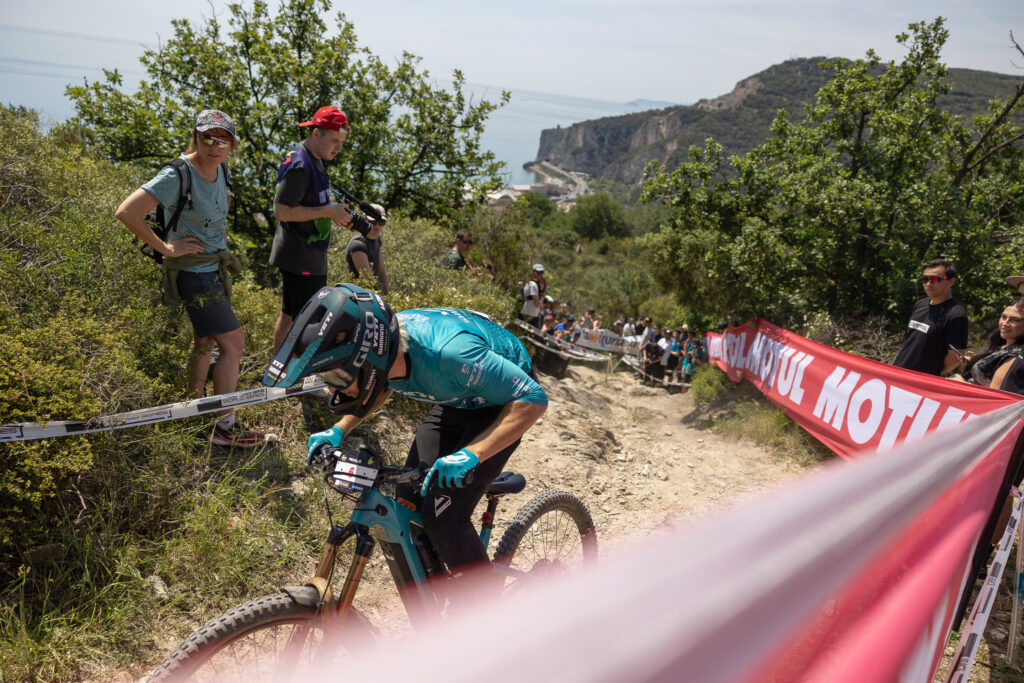
AK: How do you go about tapering into a World Cup week?
RG: I do what Jared tells me. Typical tapering means a reduction of fatiguing intervals and cutting down the kilometres. Keeping the body awake with fast twitch movements and rides, but mostly listen to the body extra carefully and pull the pin if I’m feeling the beginning of fatigue.
Race week I perform my best when I have a little bit of fatigue in the system (obviously not too much). Having a negative, sometimes down to -10 form training stress balance on Training Peaks is where I perform my best. It feels counterintuitive but everyone is different and it works for me.
AK: There are so many frothing grommets in Enduro racing in Australia right now. Let’s say they are in that u15 to u19 age group, they are stepping up to the big leagues for Elite or World Cup racing soon. What advice would you give them around training?
RG: You should only be focusing on getting out on your bike and having fun. Ride your bike uphill. Ride your bike whenever you can. 15-19 everyone is developing so don’t worry if you’re not world-class at 15, you’re still a child.
